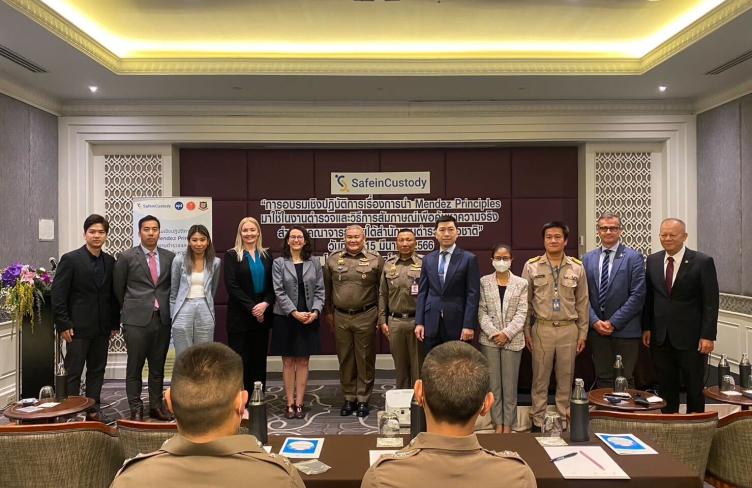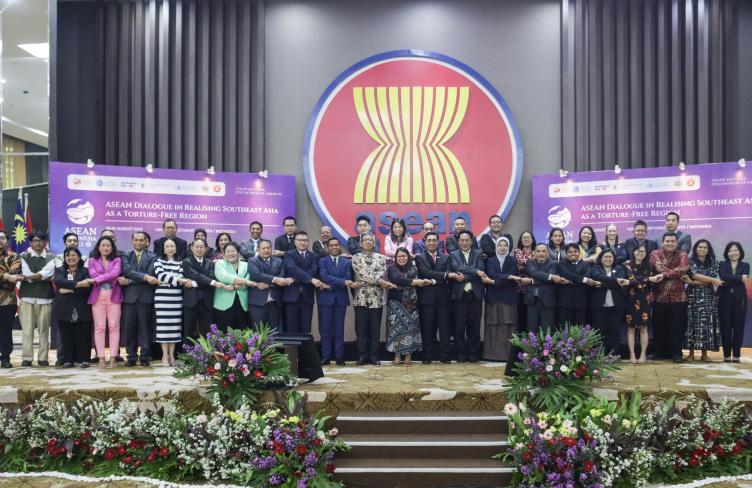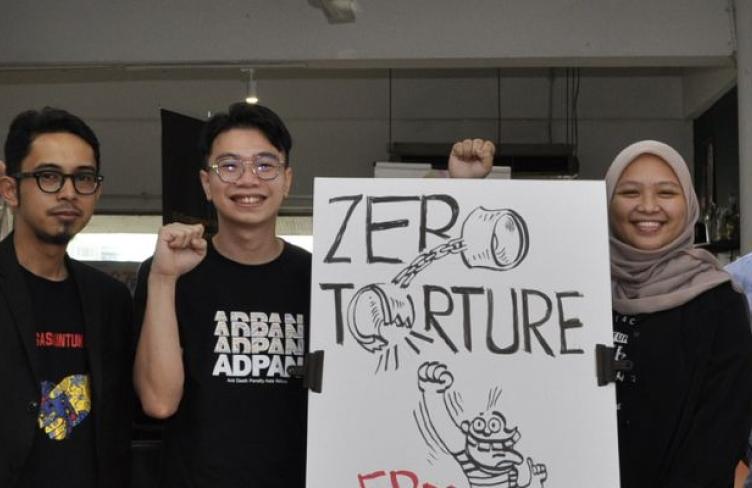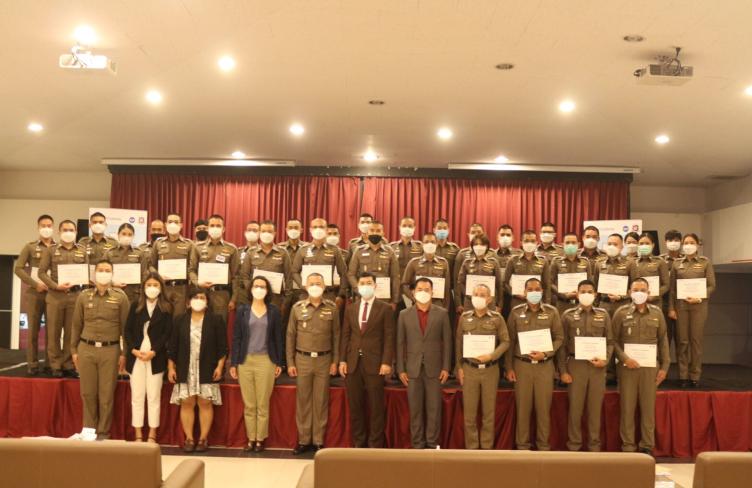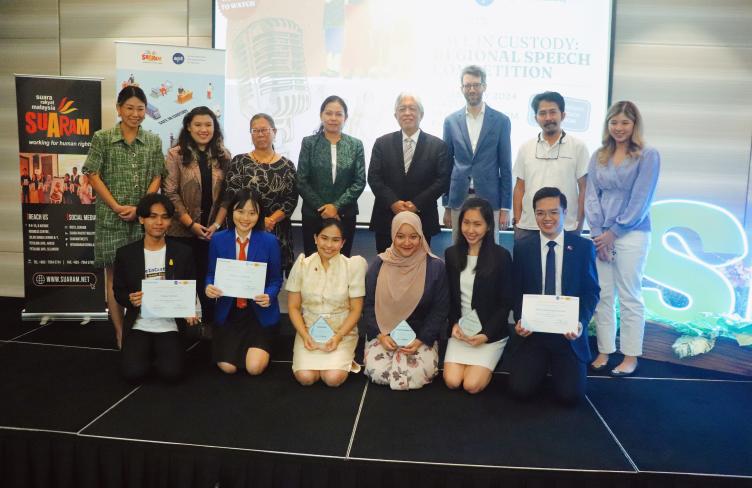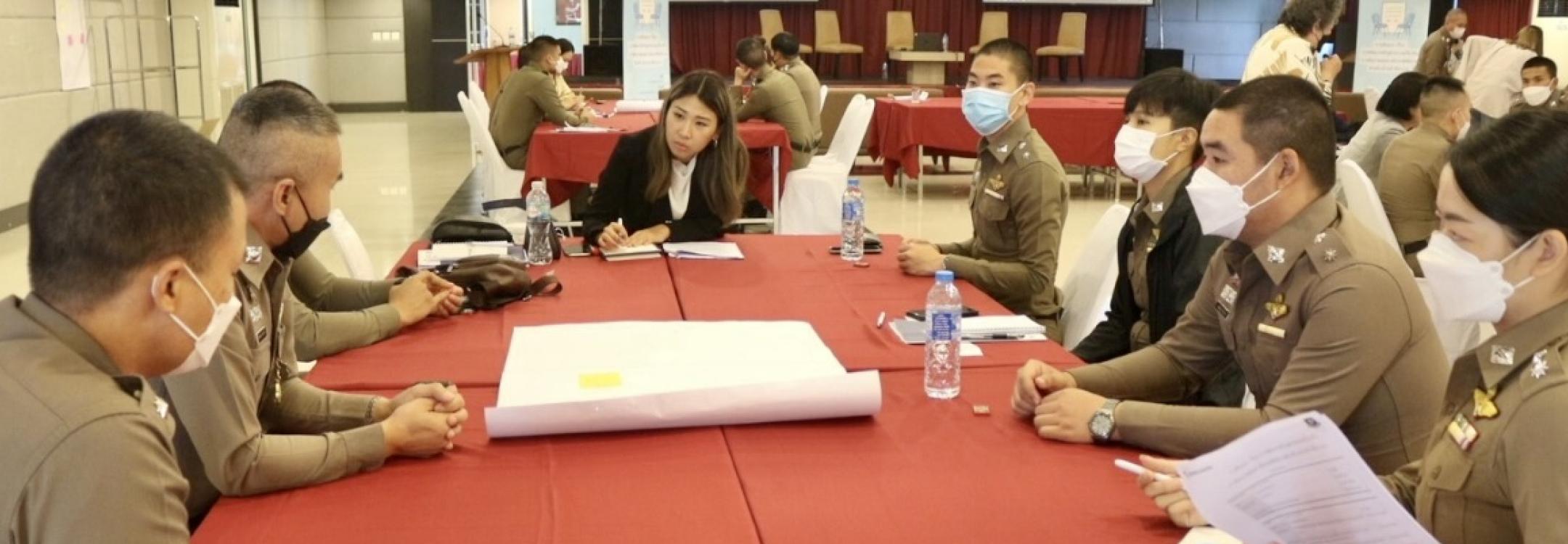
Building progress for torture prevention
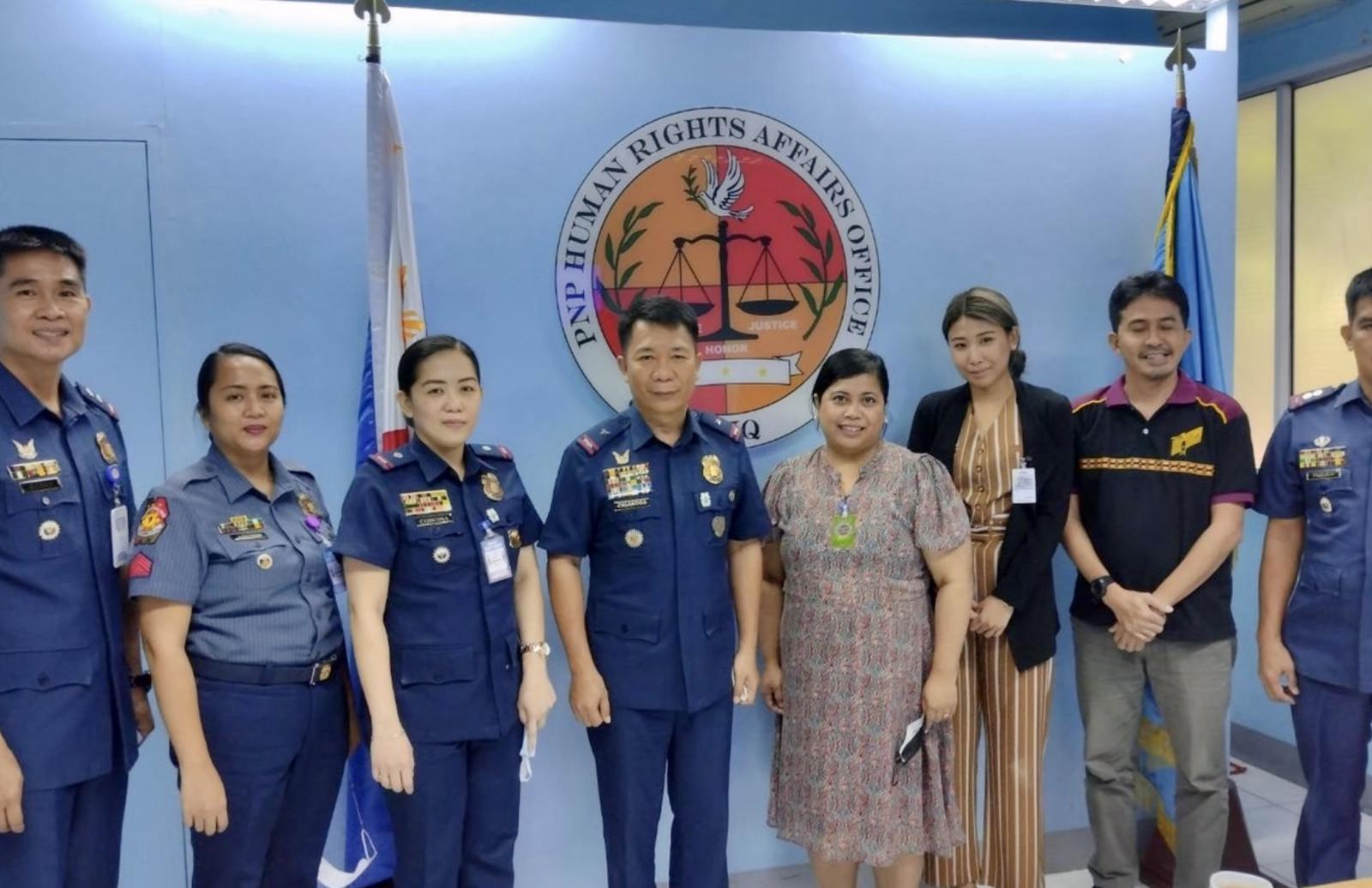
A priority of #SafeInCustody has been to identify approaches that have been effective in engaging and deepening our torture prevention efforts with different groups.
We have identified three good practices we believe can be used in different countries and different contexts to build and strengthen partnerships for torture prevention.
Whether you are engaging with law enforcement, police training institutions, government agencies, civil society or the community, we hope you can draw useful ideas and strategies from these good practices.
Good practice: The Méndez Principles on Effective Interviewing advance national frameworks on torture prevention
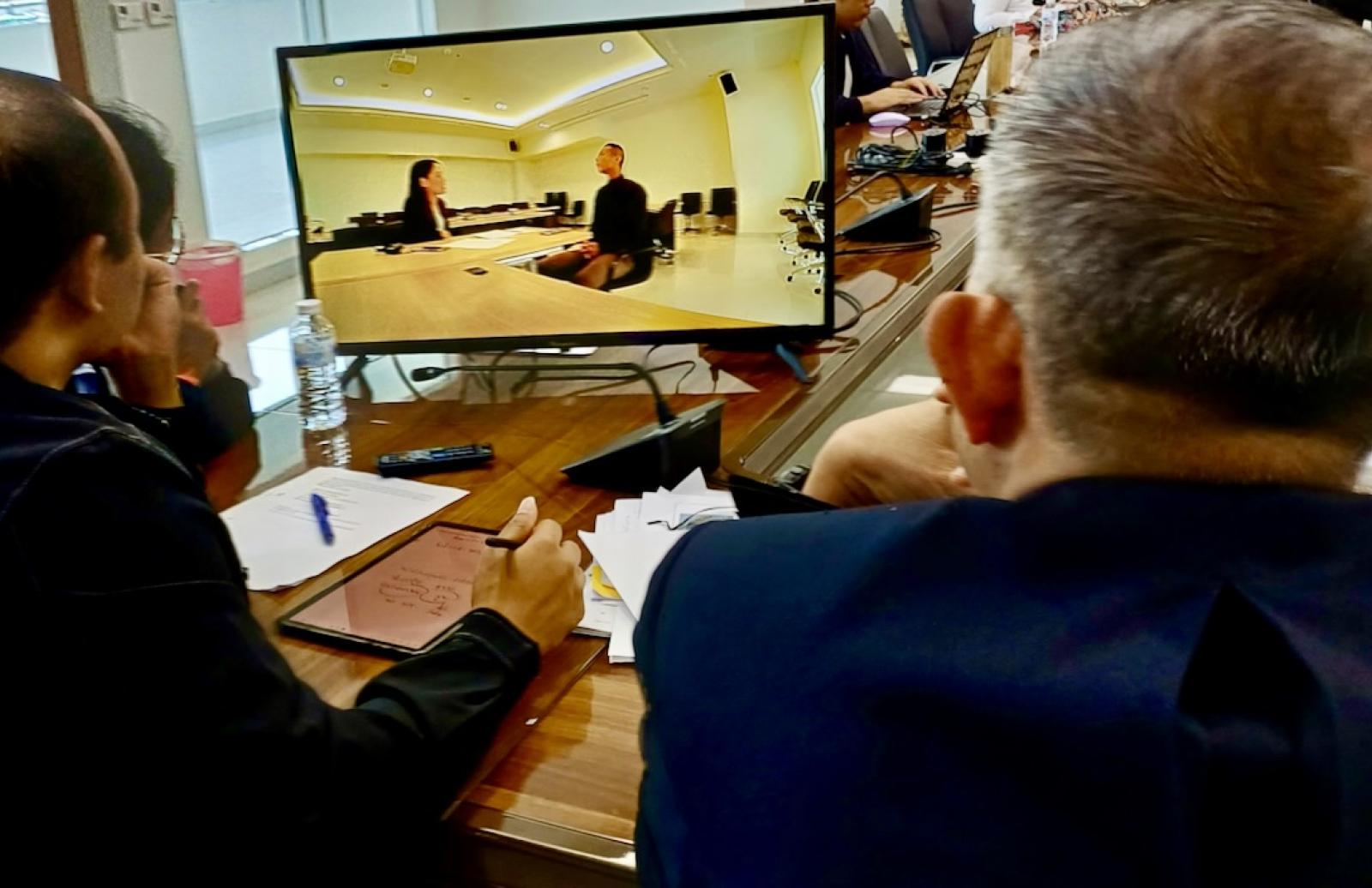
Effective investigations are crucial for keeping societies safe and secure. However, practices such as coercive interrogations and forced confessions undermine effective investigations, compromise access to justice and can lead to miscarriages of justice. They also heighten the risk of torture or ill-treatment.
The Méndez Principles on Effective Interviewing offer practical guidance for authorities to implement a new approach to conducting police questioning, while integrating safeguards throughout the process. They were key in advancing national frameworks on police training and practices, especially in Thailand.
Good practice: Use hope-based communications to build partnerships and momentum for change
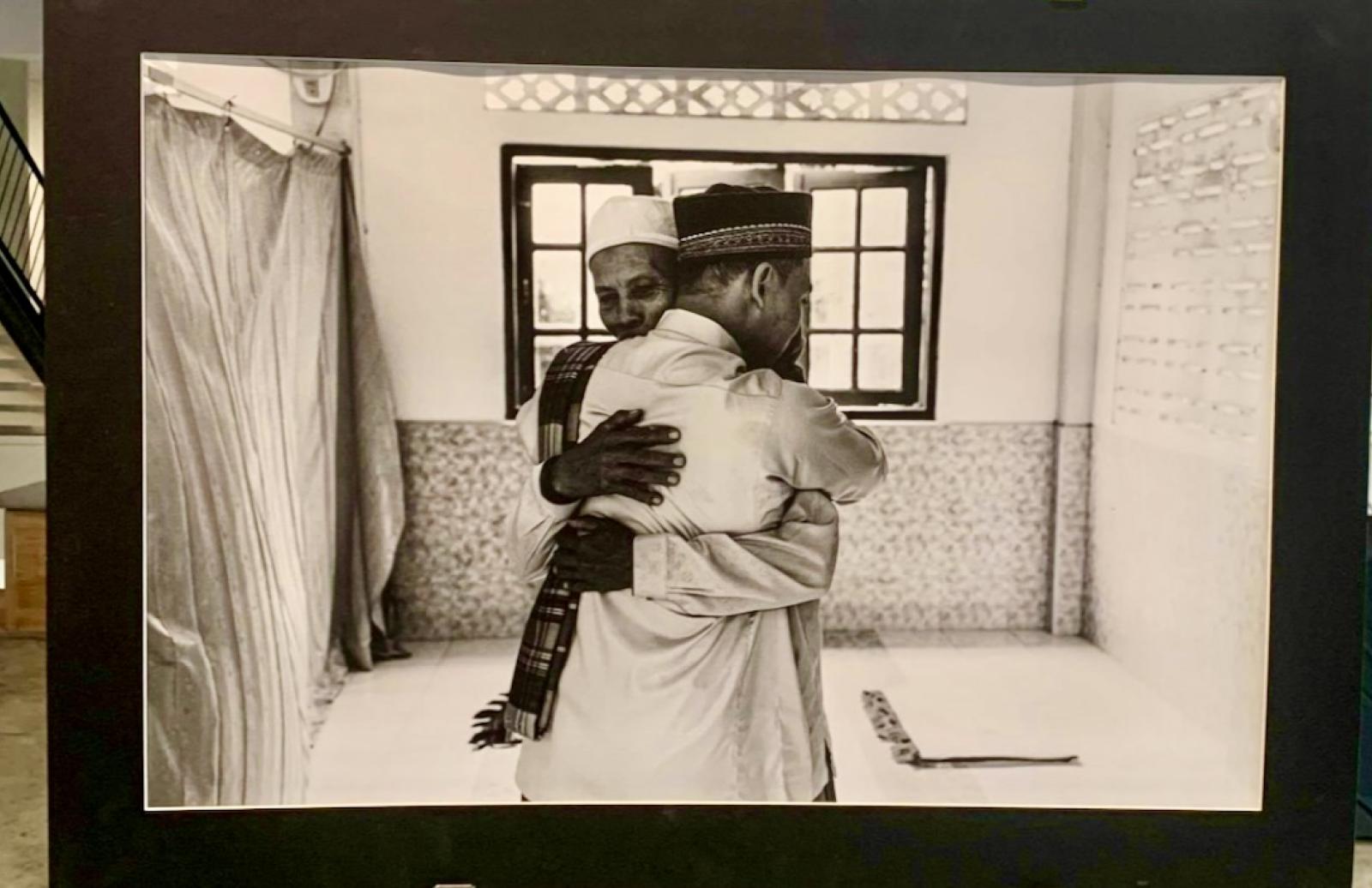
Much of the success achieved through #SafeInCustody to inspire dialogue and commitments for change drew on the effective use of hope-based communications.
#SafeInCustody partners used hope-based communications to engage diverse audiences, including government, law enforcement, and young people. This helped create opportunities for open dialogue and exchange on issues related to torture prevention, especially during the first hours of custody.
Good practice: Nurture the torture prevention networks
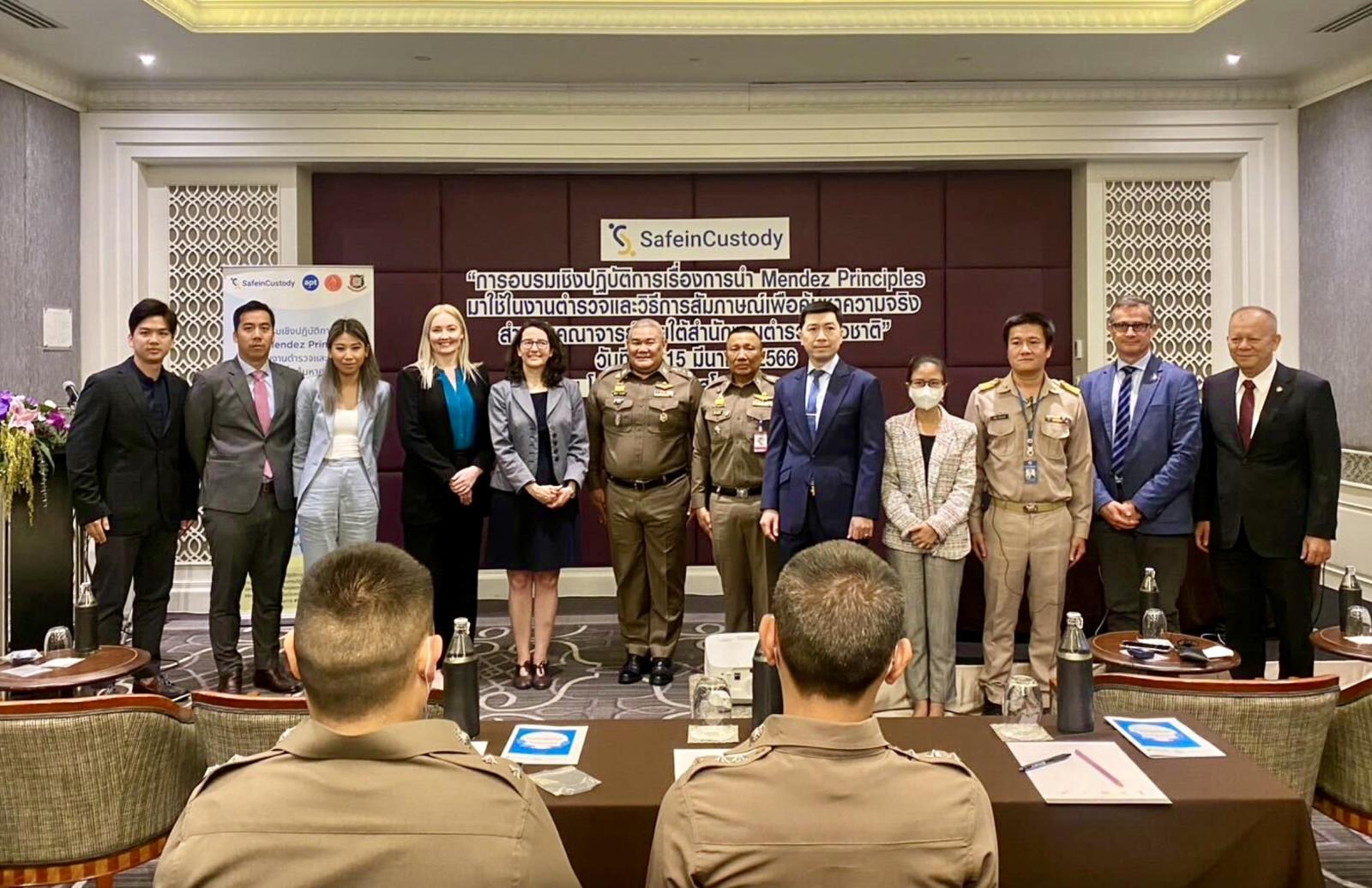
No individual or organisation can prevent torture alone. The hallmark good practice of the #SafeInCustody project has been building synergies among governments, law enforcement, national human rights institutions and civil society.
All the achievements of the project could only happen through a combination of the previous approaches: by creating partnerships, collaboration and dialogue among parties who may not usually work together, towards the common goal of torture prevention.

